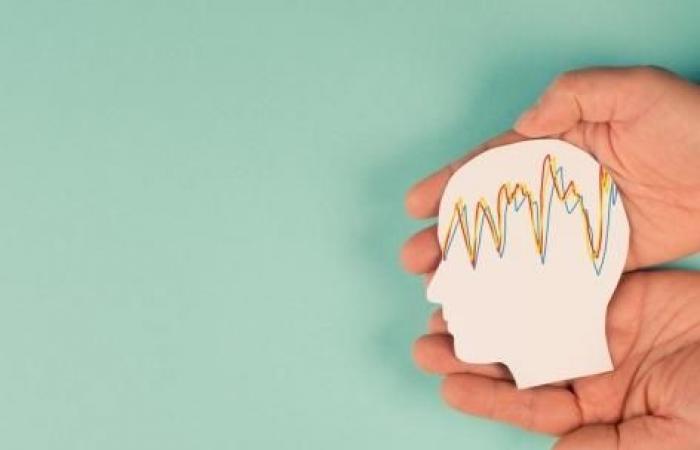In the United Kingdom, Oran Knowlson, a 13-year-old boy, became the first patient in the world to receive an anti-epileptic device. According to BBC, the teenager from Somerset (England) suffers from Lennox-Gastaut syndrome, a form of treatment-resistant epilepsy which appeared when he was three years old. Since this age, he has suffered from several daily attacks, the number of which can reach hundreds. Disease “robbed him of his entire childhood! (…) He lost many of his skills”, his mother, Justine, told the British media. She explained that seizures could result in discomfort, loss of consciousness, tremors and even respiratory arrest, in which case emergency medication would be needed to resuscitate him.
Epilepsy: an implant placed in the skull that blocks or disrupts abnormal signals
As part of the CADET project, a series of trials to assess the safety and effectiveness of deep brain stimulation in cases of severe epilepsy, Oran underwent surgery in October 2023, at the age of 12, at Great Ormond Street Hospital in London. He was able to receive the neurotransmitter Picostim, which is manufactured by the British company Amber Therapeutics. This device emits a constant pulse of current, aimed at blocking or disrupting abnormal signals. As a reminder, epileptic seizures are triggered by abnormal bursts of electrical activity in the brain.
During the surgery, which lasted about eight hours, the medical team inserted two electrodes deep into the young Englishman’s brain until they reached the thalamus, a nerve center that plays a role in integration into most nervous functions. “The ends of the probes were connected to the neurostimulator, a square device measuring 3.5 cm on a side and 0.6 cm thick that was placed in a space in Oran’s skull where the bone had been removed. The neurostimulator was then screwed into the surrounding skull to secure it,” explains the BBC.
Neurostimulator reduced daytime epileptic seizures by 80%
After the operation, the teenager had a month to recover before the neurostimulator was turned on. When it works, the patient does not feel it. He can charge the device every day using wireless headphones, while still doing what he loves. Eight months later, the device helped reduce the boy’s daytime epileptic seizures by 80%. “His nighttime seizures are also shorter and less severe. He is more alert. (…) I am slowly bringing him back to life. The team at Great Ormond Street have given us hope… now the future seems more promising”, her mother rejoiced.
Good news: Oran is not the only one able to test this brain implant. As part of the trial, three other children affected by Lennox-Gastaut syndrome will be fitted with the brain neurostimulator.






